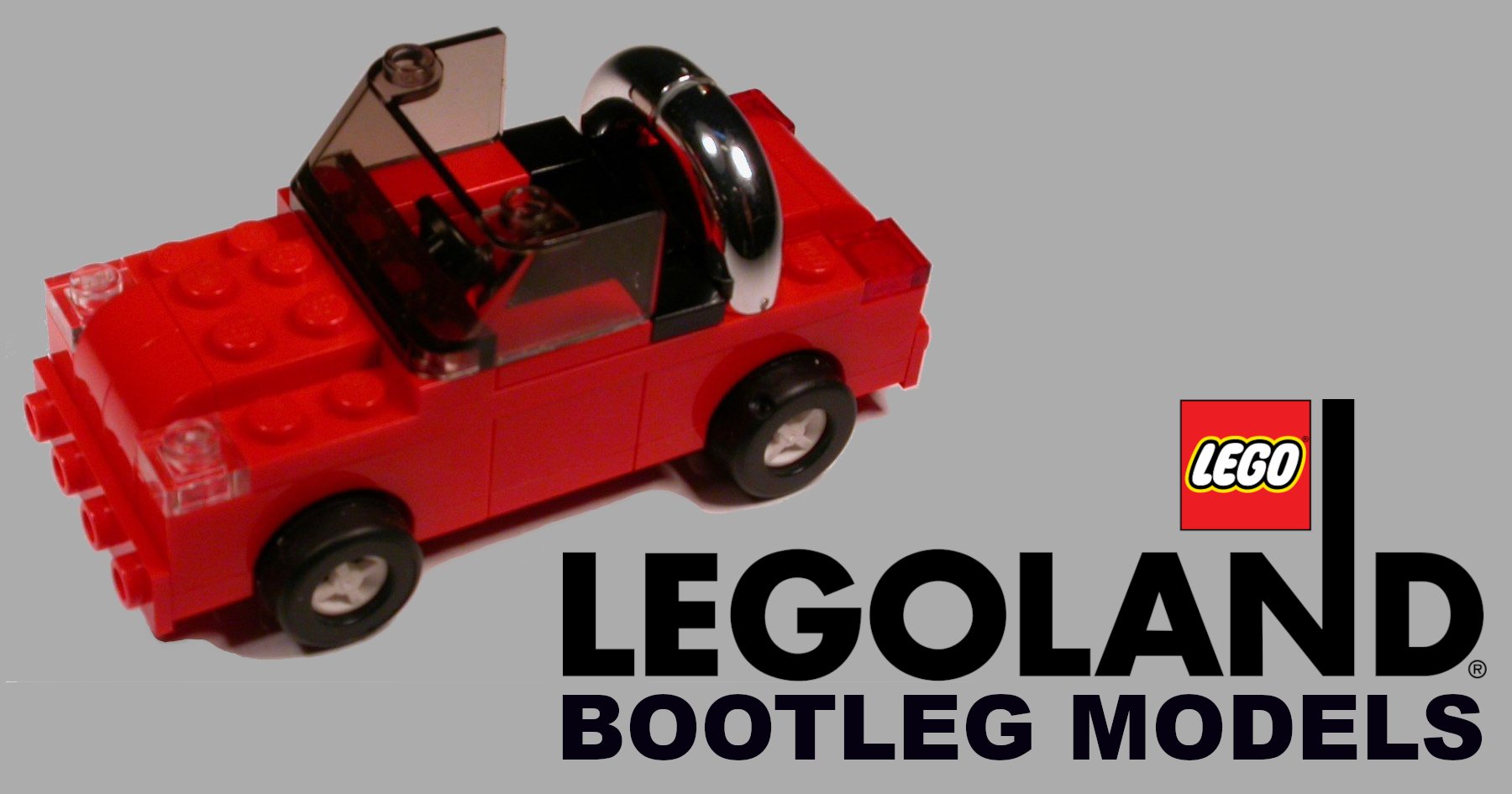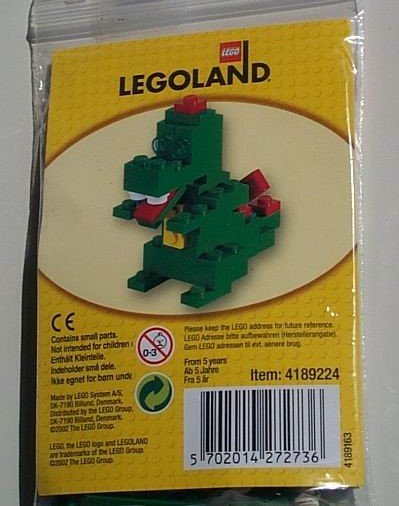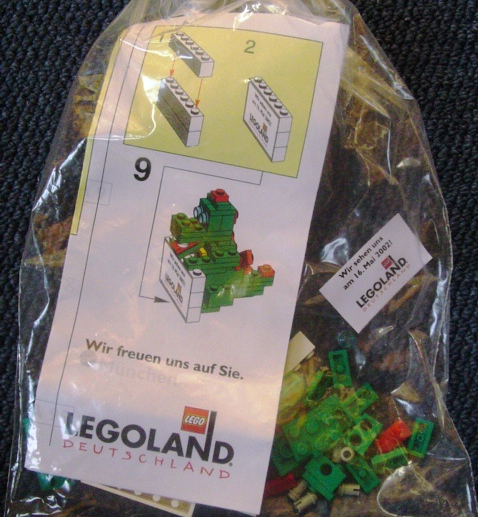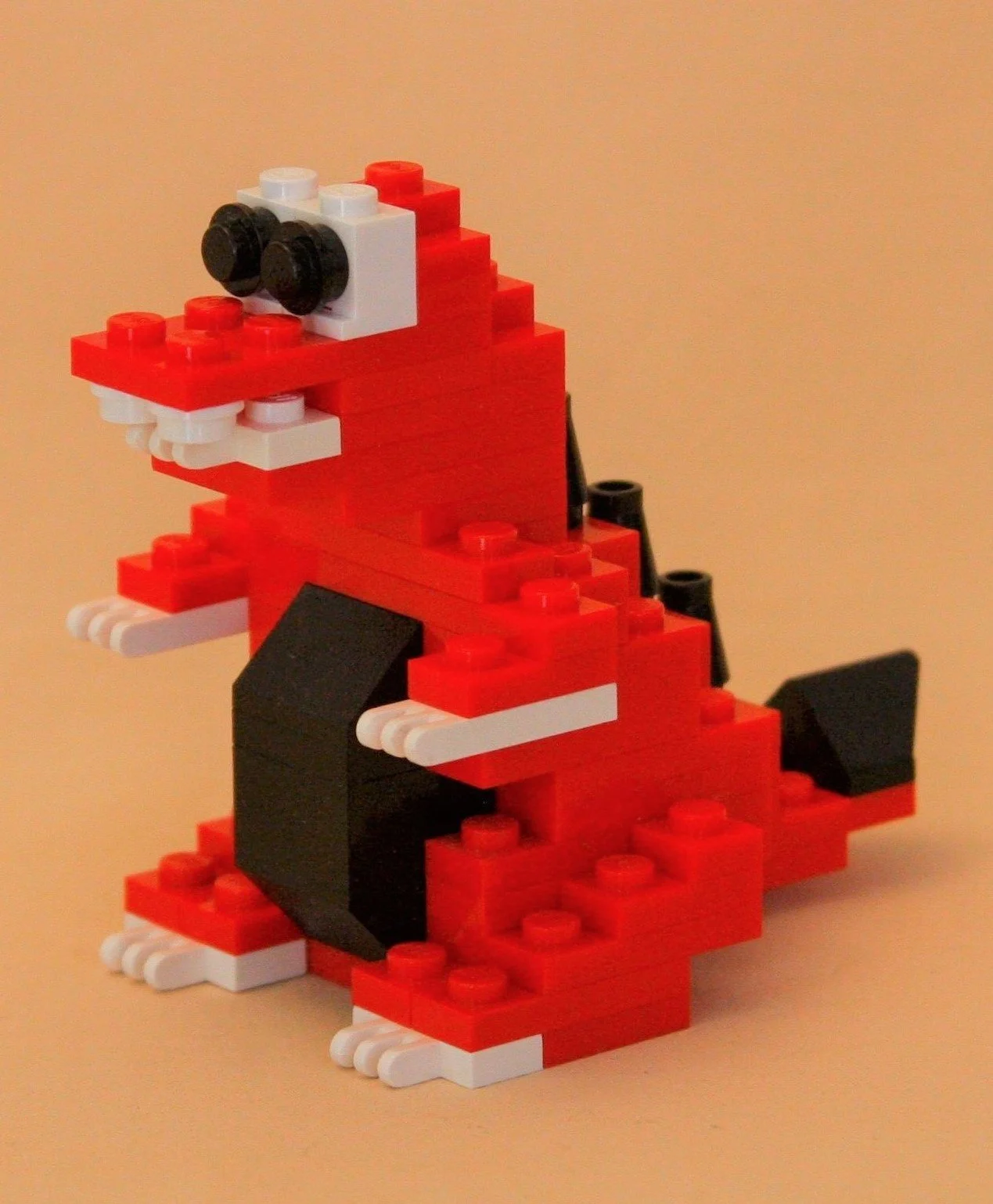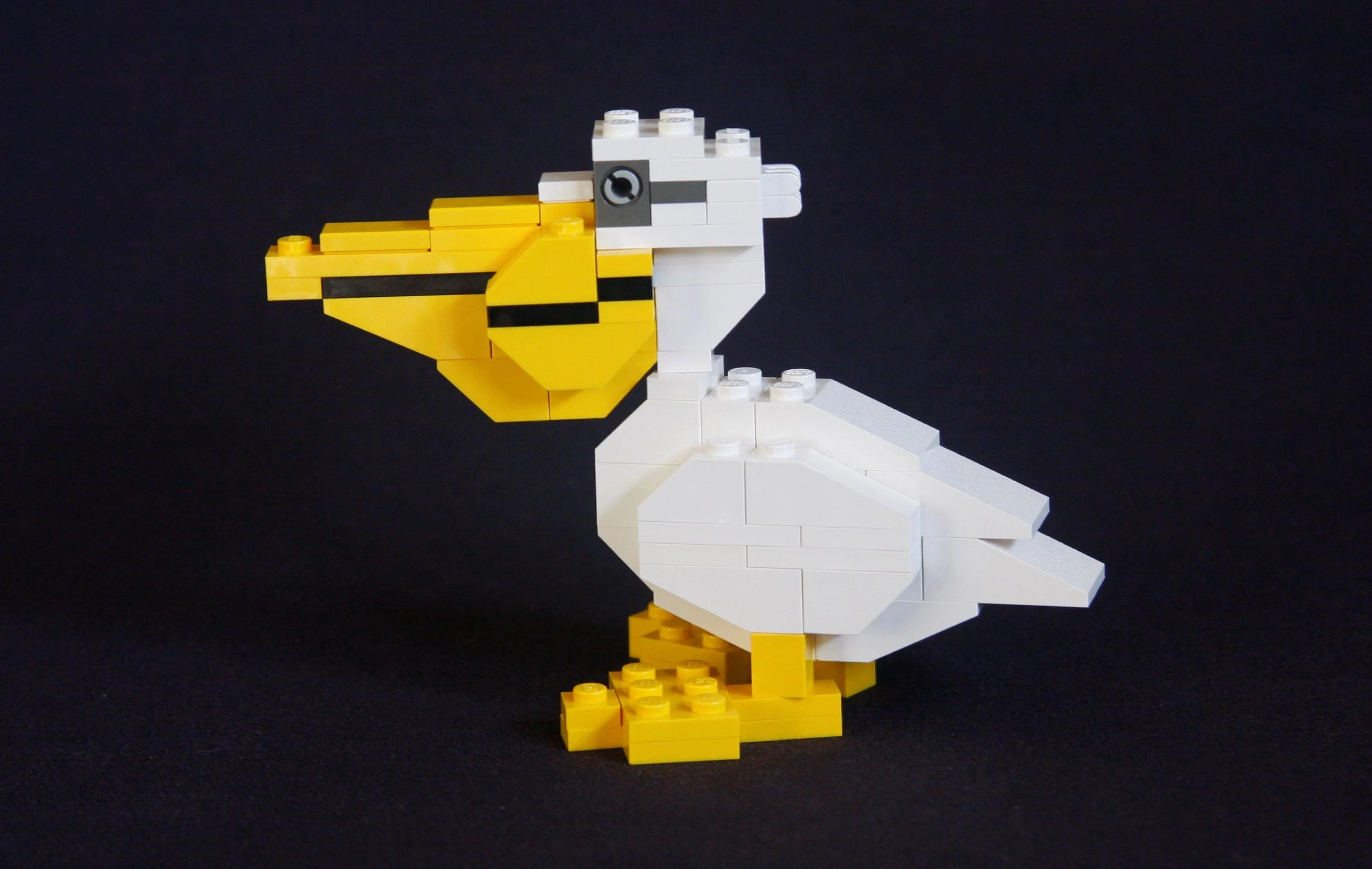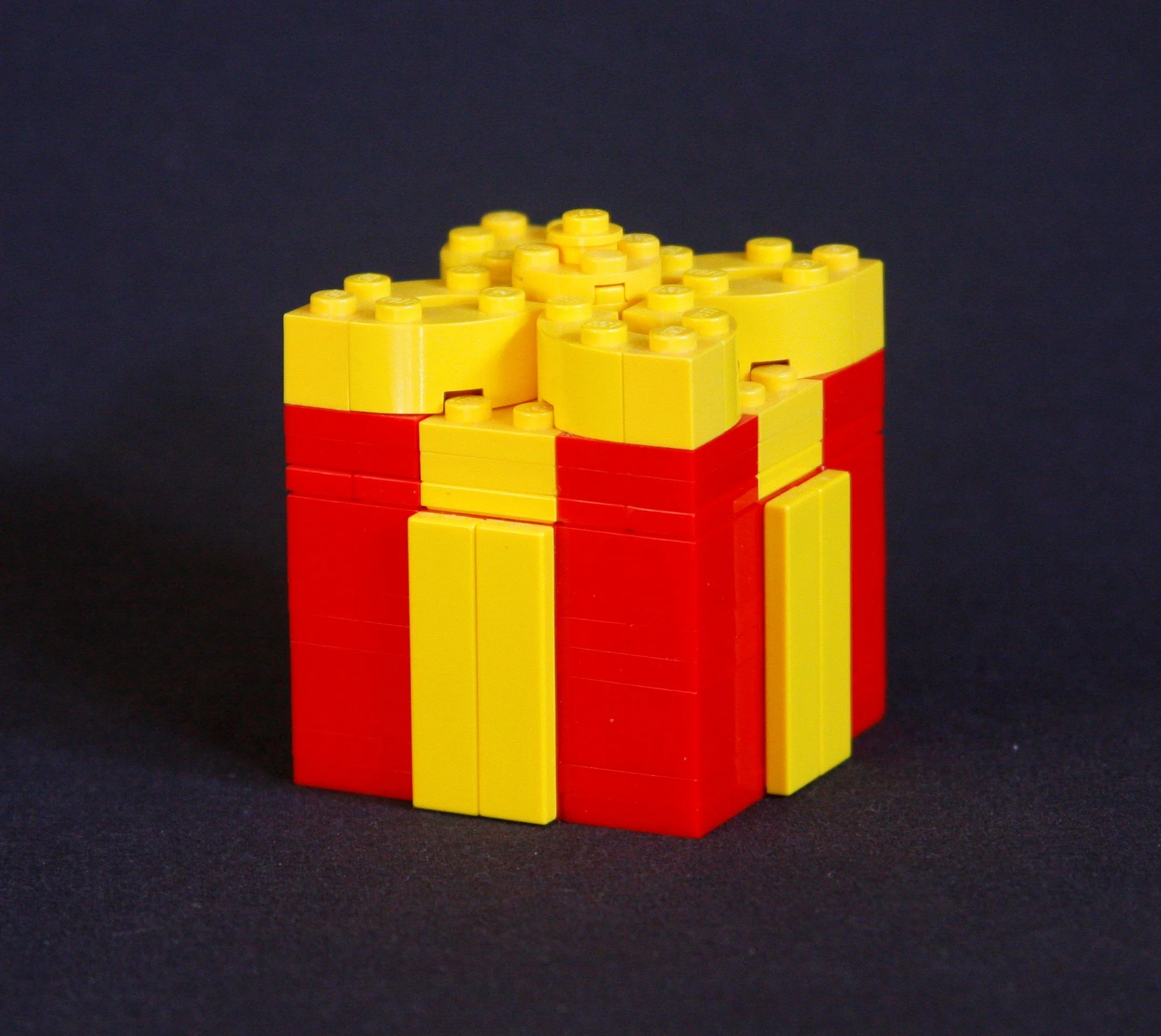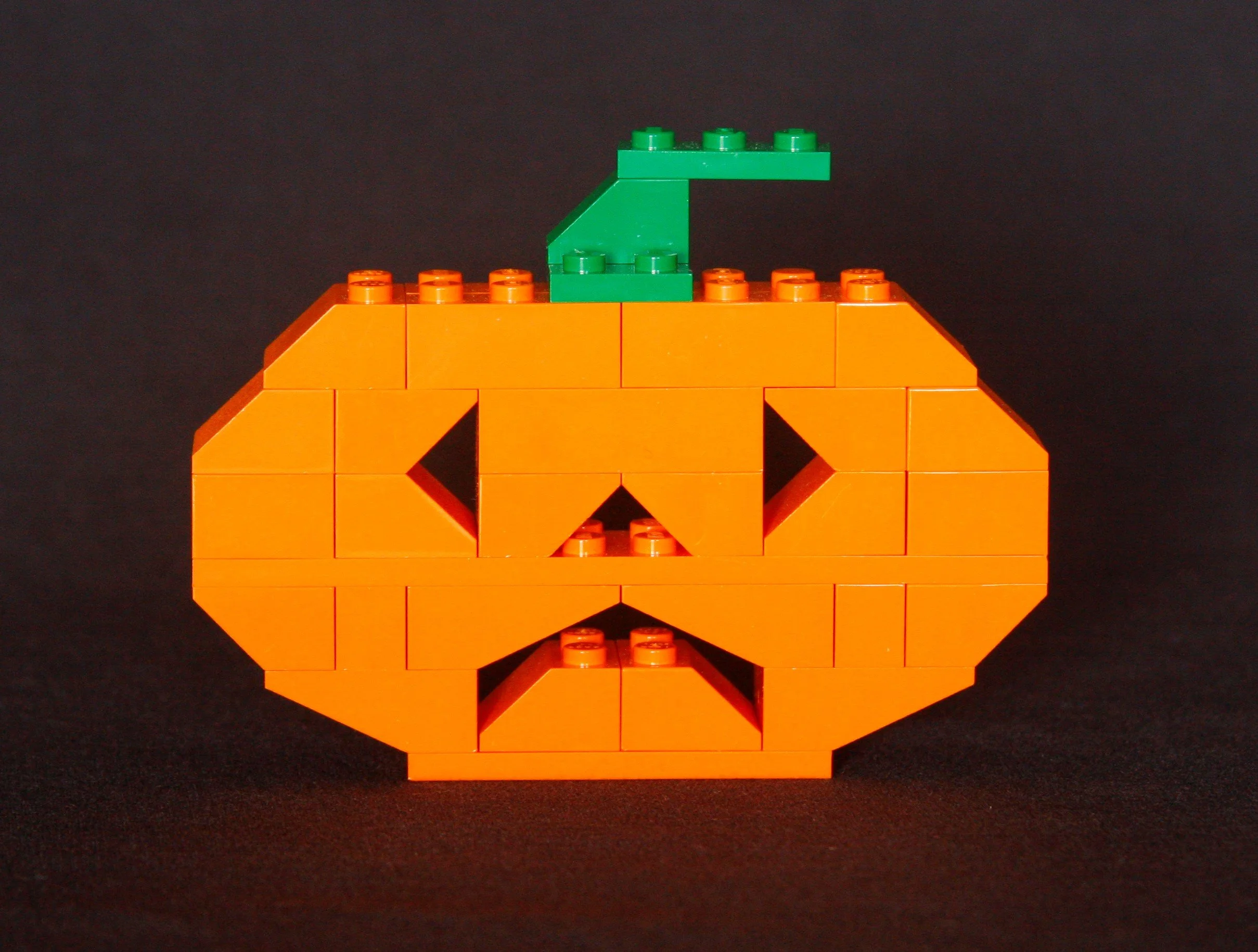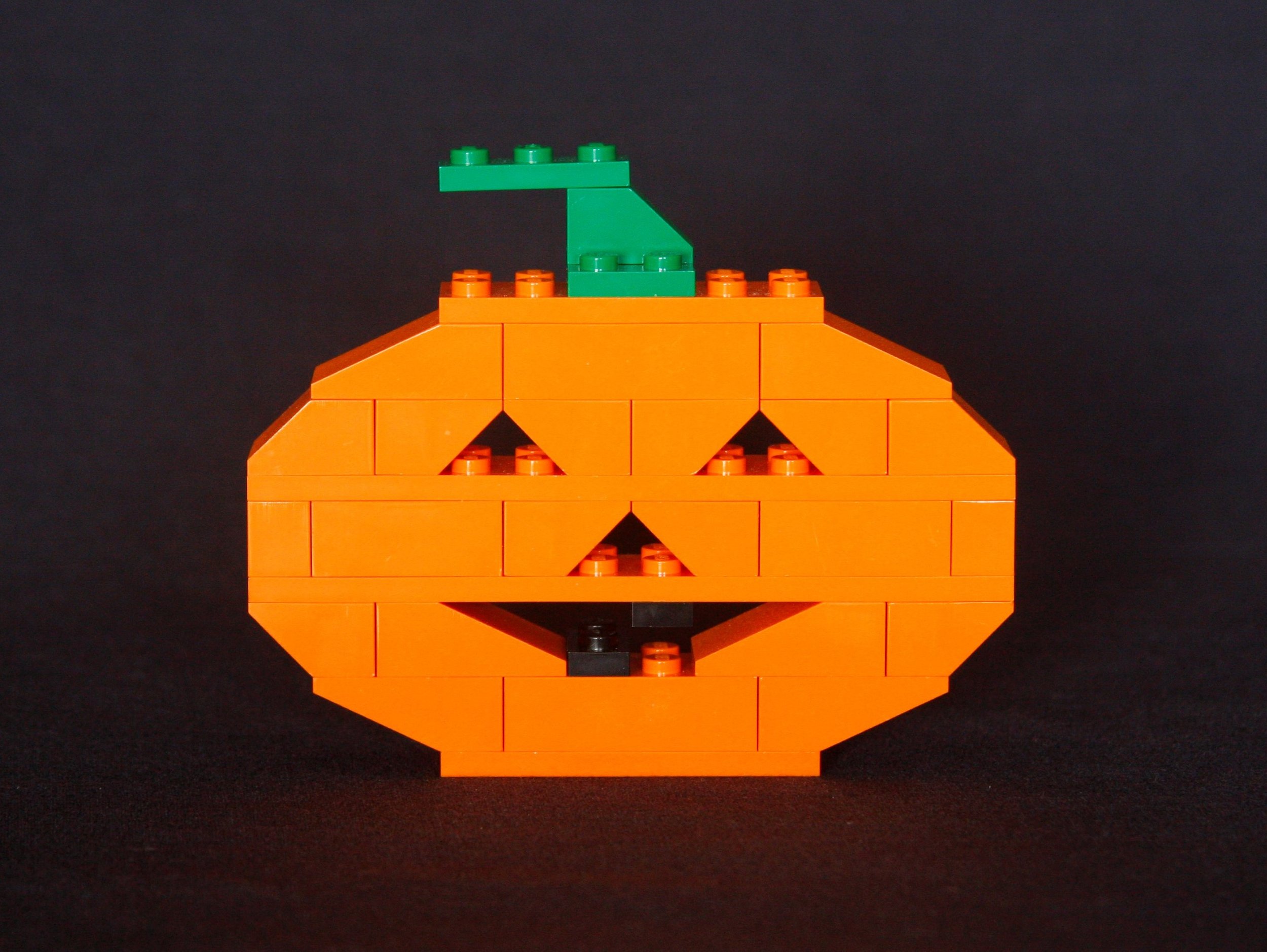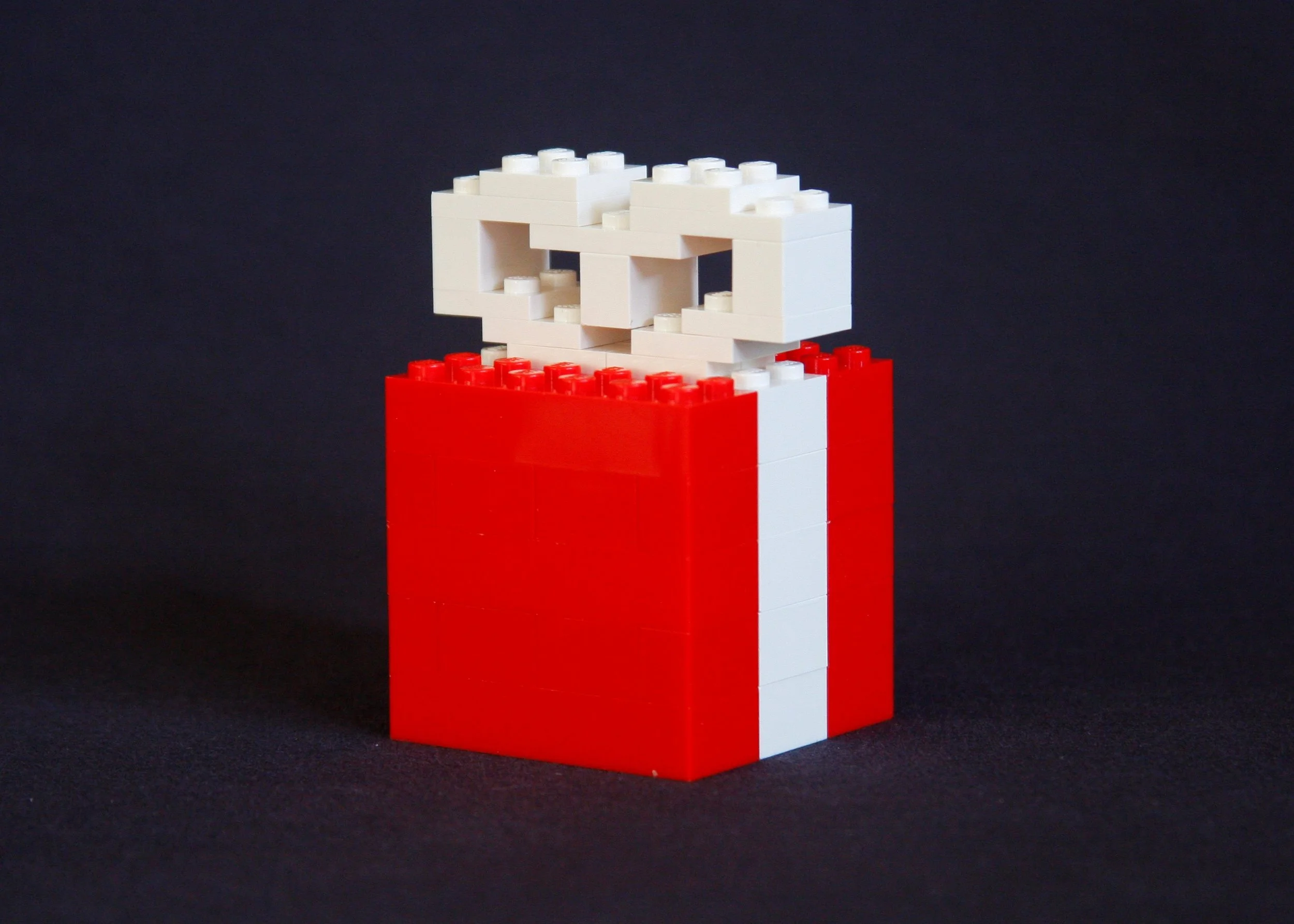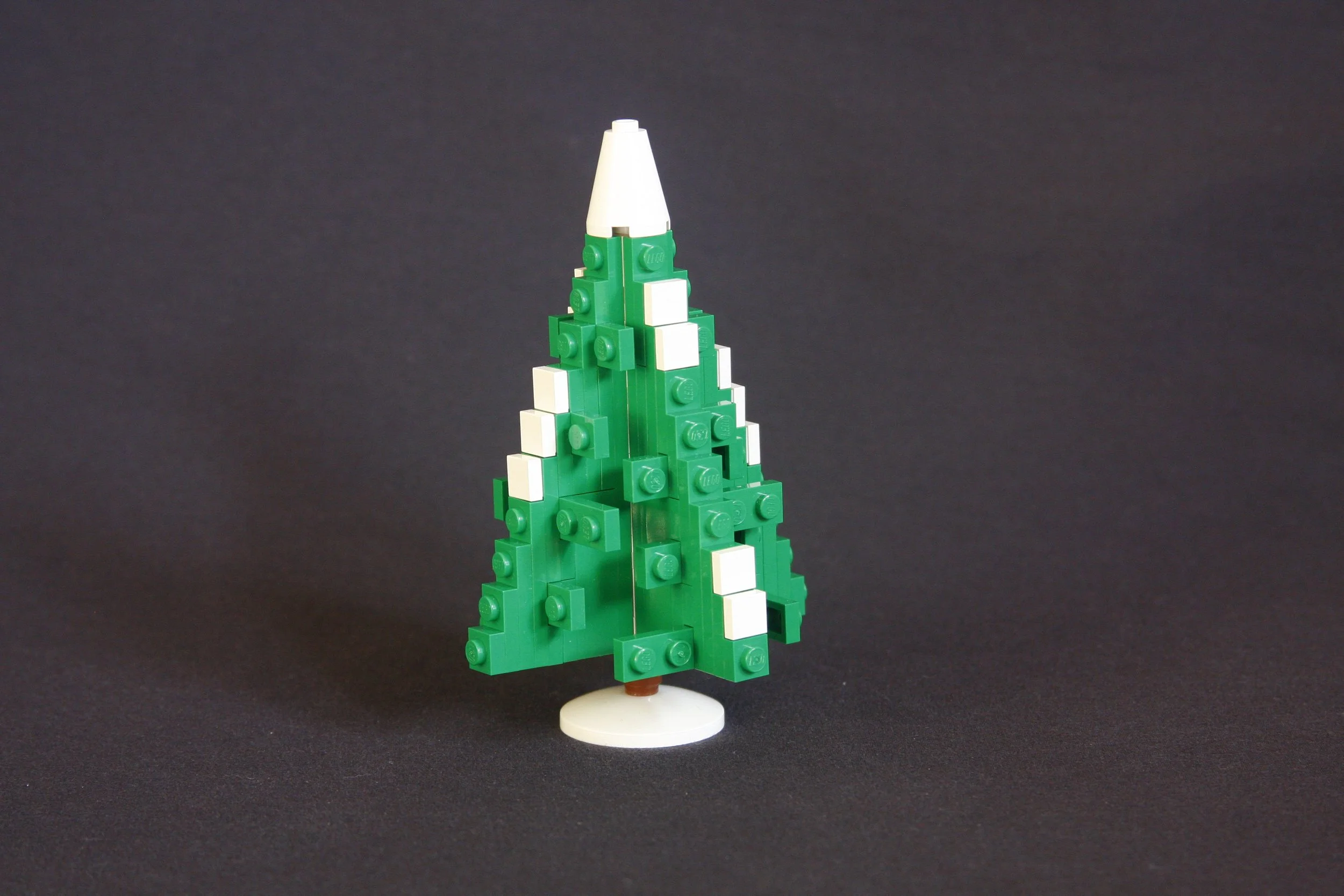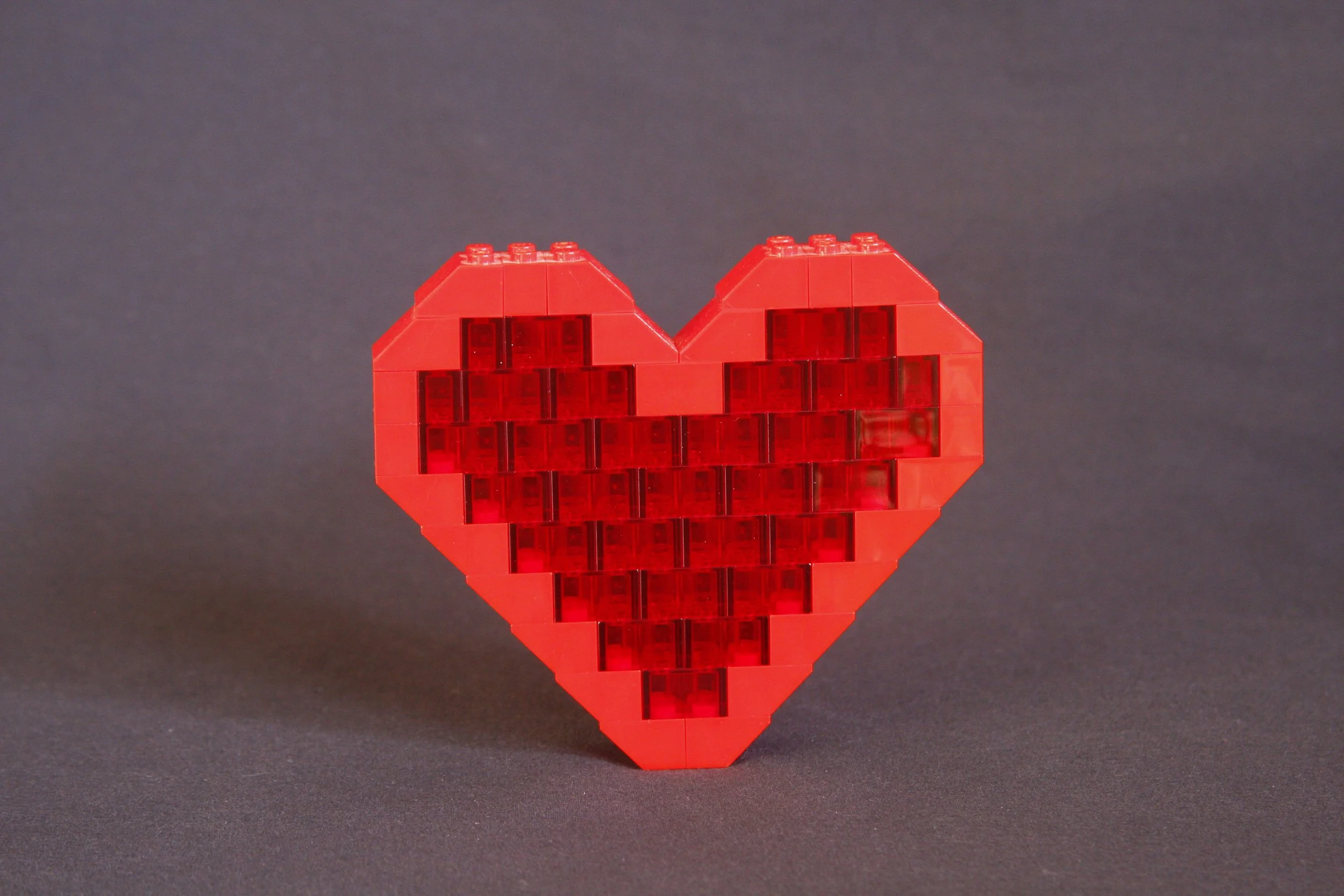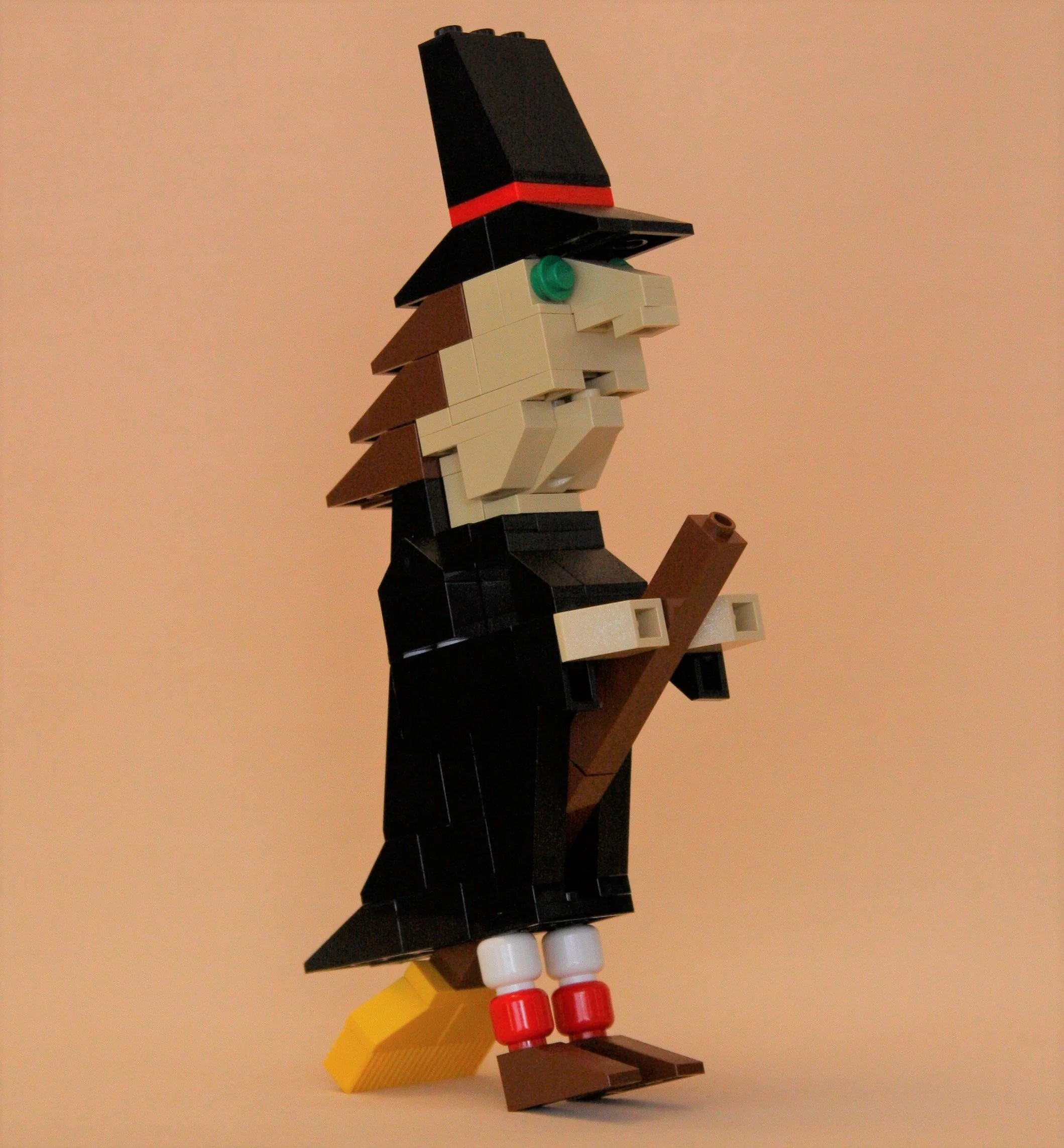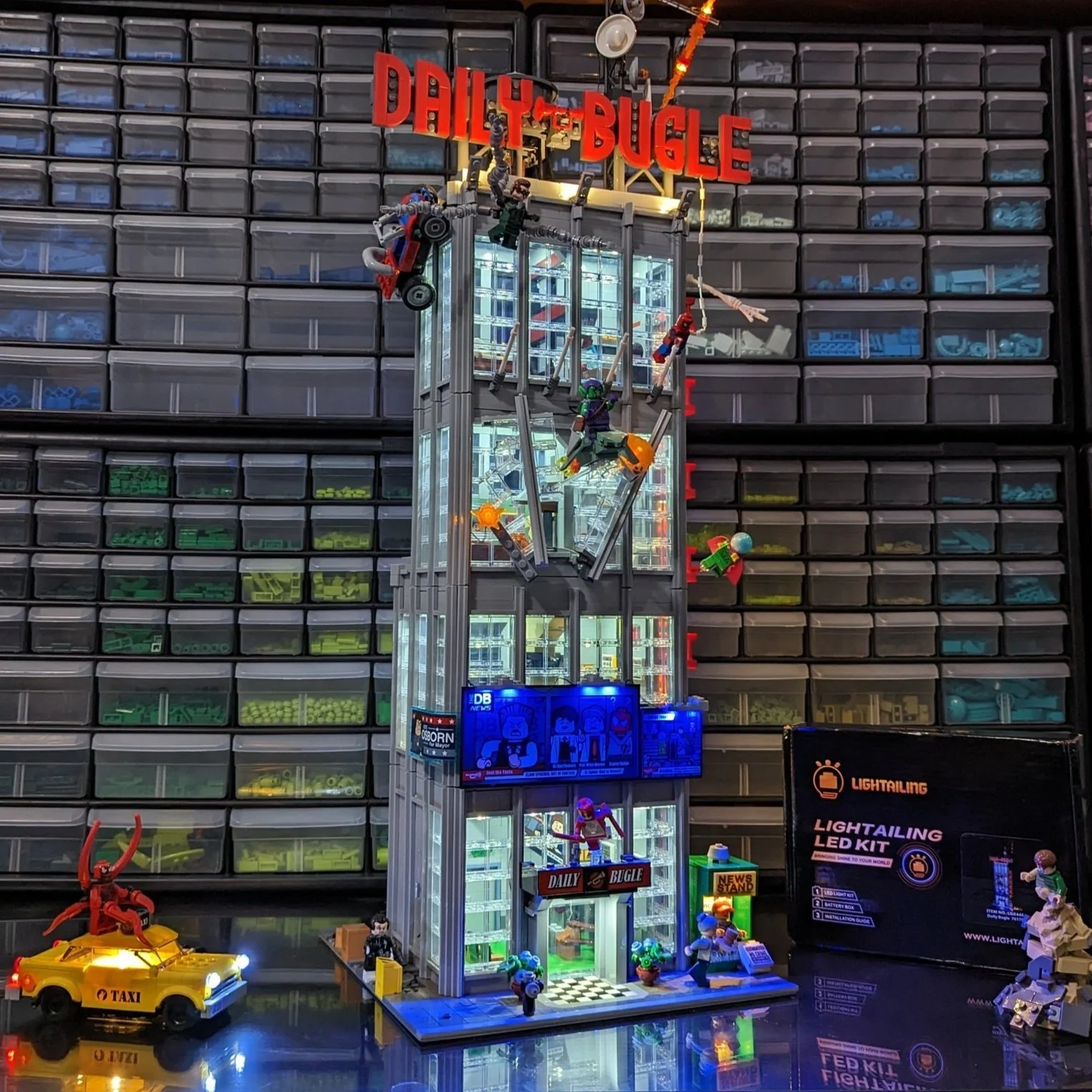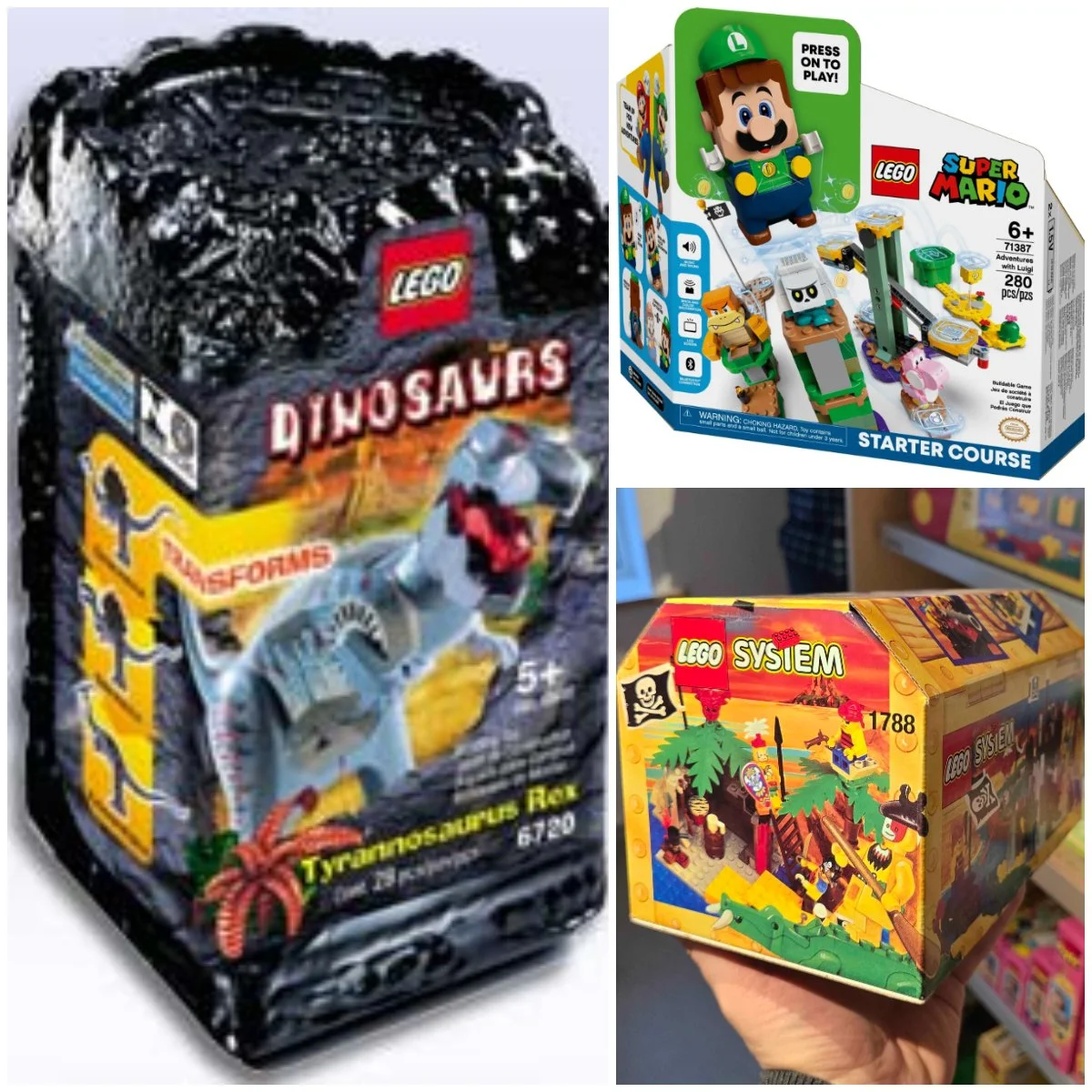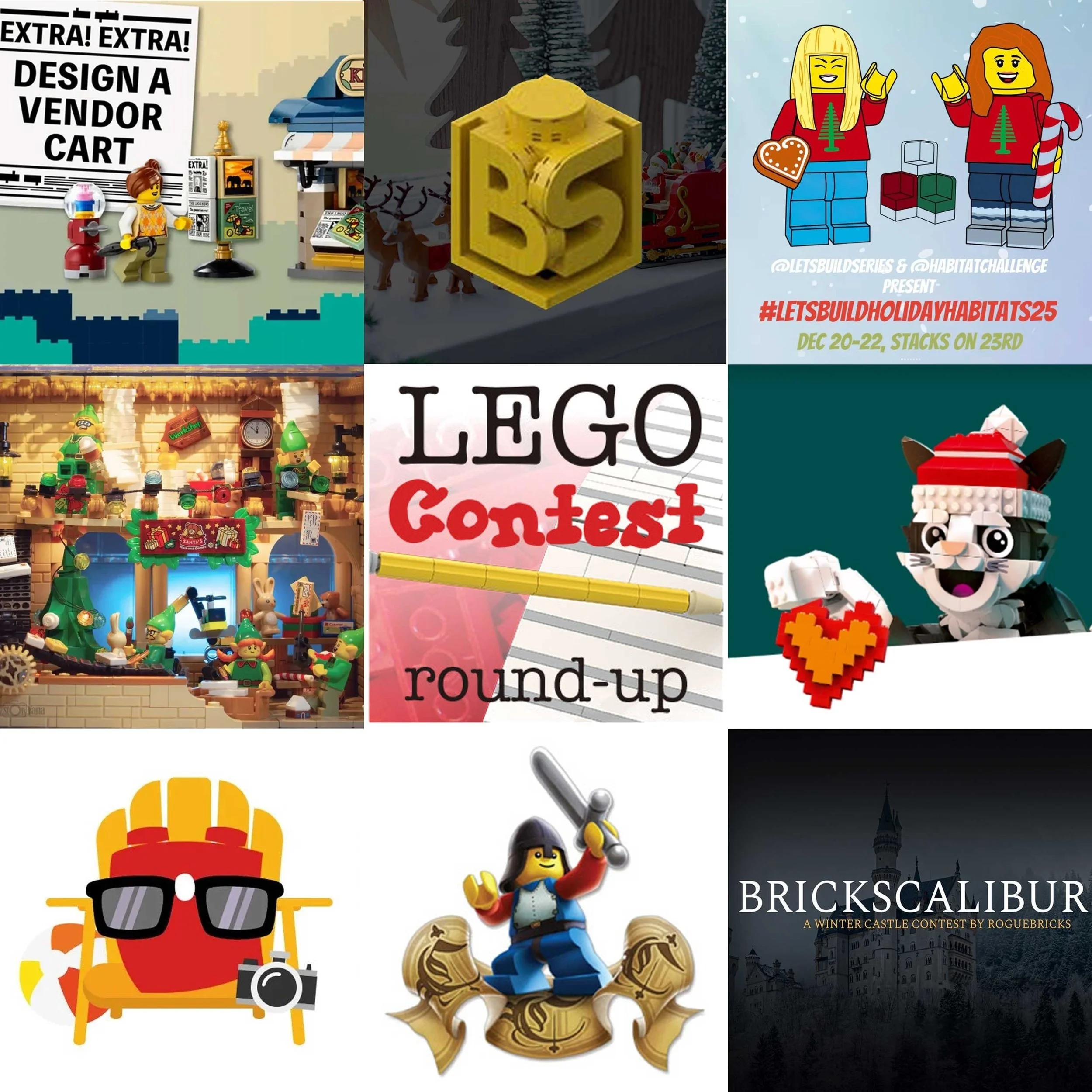LEGOLAND Bootlegs: The Model That Forever Changed LEGO
/“The model that forever changed LEGO” is a pretty bold statement. Yet that is exactly how Jamie Berard characterized the Audi TT Roadster model developed by LEGOLAND Deutschland. In his Stressing the Elements presentation from 2006, Jamie pointed out several deficiencies, including illegal connections, no build instructions, and a difficult building experience. According to Jamie, “As a direct result of this set, all models now produced by the LEGO Group must go through the Design Department.” This effectively put an end to semi-official “bootleg” LEGO sets designed locally at various LEGOLAND parks.
Was this the first or only model designed locally at a LEGOLAND park? No, there have been at least 42 bootleg models! Three LEGOLAND parks are known to have issued models: Billund, Deutschland and California. I’ve always been intrigued by unique LEGO models more than the mass-produced sets. Since our family lives close to LEGOLAND California, naturally I was drawn to the local exclusives. Come along as BrickNerd looks at the history of this little-known group of models.
via Brickset
LEGOLAND Billund
LEGOLAND Billund has a single model to their credit. The small green dragon is presumably named Olli, as is common in the parks. The model is very tiny but effectively captures the necessary shapes/features. The design is small enough that it was later adapted as a glued model for keychains. The model has 47 pieces and was released in 2002.
LEGOLAND Deutschland
LEGOLAND Deutschland has had six models. Besides the infamous Audi TT Roadster, there have been: a Dragon, Miniland-scale King, Bus, Swan and an Airplane.
via Brickset
The Audi TT Roadster is the most infamous of LEGOLAND models. The unorthodox method of connecting the chrome tube elements was perhaps the largest deficiency with this design and led to quality and stress reviews for all LEGO models. The car has 57 pieces and was released in 2002. The set came with no instructions and was one of the few LEGOLAND exclusives that came in a box. From the image below, you can see that these two views on the box were the only hints at how to construct the model.
via BrickLink
via BrickLink
The Dragon was a promotional set for the opening of LEGOLAND Deutschland. It appears to be the same design as the Billund dragon model, except for the added sign and sticker. The sticker is dated May 16, 2002 which is the day before the park’s official public opening. Based on this date, it may have been a gift for VIPs or media. The set has 48 pieces and was released in 2002. (Note: I can’t attest to the accuracy of the online part quantities. The Billund Dragon has 47 parts while this version has 48 parts, despite the addition of three white bricks.)
The Bus model appears to be based on a historical style from the 1930s. The model has 45 pieces and was released in 2002. Notable parts include the Fabuland car chassis, old-style windows and the front grill which also appeared in three Mickey Mouse sets.
via BrickAThon (thanks Tracy!)
This Miniland scale model is called “King” in the BrickLink and Brickset listings. I have no idea what king it represents. (Sorry, world history was never my strong suit.) Personally, it looks more like a matador to me. No offense to the royal family… The set has 45 pieces and was released in 2003.
via Brickset
via Brickset
The Swan model above appears to be a swan pedal boat like you might find for rent on ponds in a public park setting. It’s a very effective model for the scale. I especially like the use of finger hinges to depict feathers on the trailing edge of the wings. It looks like you could possibly seat a minifigure inside. But alas, there’s clearly not enough room for two seated romantically side by side. The set has 72 pieces and was released in 2003.
via BrickOwl
via BrickLink
The Airplane model appears to be very simplistic. I don’t know whether or not the colors represent a local airline livery. This reminds me of basic models that appeared in McDonald’s Happy Meals many years ago. Certainly, the weakest model of the group with only approximately 26 parts.
LEGOLAND California
LEGOLAND California takes the prize for the most models. There have been at least 35 LEGOLAND California models of which 18 were sold to the public and what I will discuss below. An additional 17 models were only available to Ambassador (lifetime) pass members, and those will be the subject of a future article. All sets came with printed instructions unless otherwise noted.
This mid-sized Dragon has made a few appearances at LEGOLAND California. The first sign of it was an advertisement for a dinner buffet in 2000. Children received a dragon set in a plastic 2x2 brick lunchbox when they were done eating. Instructions were printed on a paper placemat. Our family received a dragon in the red with black belly color scheme. I’m guessing the color was changed due to part availability. But I’ve never seen any reference to the red/black version anywhere. A few years later the green/yellow Dragon was available in a bagged set for purchase. The design was the same and the set consists of 70 parts.
The Pelican sculpture from 2000 is constructed from 83 parts. The Pelican looks quite similar to a larger version on display at the Skipper School boat ride attraction. I personally think this small-scale version is very successful and captures their slightly cartoony character quite well.
2001 saw the arrival of the Bionicle Hau Mask, available in three colors: green, blue and red. There were 178 pieces in the set. I wasn’t into Bionicle, so I can’t offer any first-hand building comments.
via BrickLink
The Holiday Gift Box with Removable Lid from 2001 was constructed from 108 parts. This was an exceptional little model with an interior opening suitable for a small gift. My wife and both children each have this model, and they make sure to return them to me before Christmas Eve. I try to have an extra surprise gift for each of them inside the boxes.
The American Flag released in 2002 had 63 parts. There was a single sticker with transparent backing for the stars. If anyone dislikes stickers covering multiple bricks, this set wasn’t for you. Otherwise, it was a nice, simple model to celebrate Independence Day (the date July 4, 1776— not the alien invasion) in the USA.
2002 brought us a pair of small pumpkin models. The Sad Pumpkin had 29 pieces, and the Happy Pumpkin had 31 pieces. Both were nice low-cost models. On the Happy Pumpkin, I might have chosen orange plates instead of black for the teeth for a true Jack-o-Lantern silhouette.
The Holiday Gift Box from 2002 was a bit of a clunker. Literally. The red and white box was completely solid. While it made a nice enough display piece (or paperweight), the design fell far short of the excellent Gift Box from the prior year. I was so disappointed with this set, I later sold it to a collector in Japan. The replica I built for this article has 41 parts.
The Christmas Tree from 2003 had 104 parts. It seems inevitable that there is a new version of a LEGO Christmas tree each year. Some are more successful than others. This one is middle of the road. My big gripe is the white cone on top. It just looks like too much snow compared to the dusting on the rest of the tree. I might have used a green cone with a smaller white cone on top.
The Toy Soldier from 2003 is one of my favorite models, as evidenced by there being four of them on our mantle at Christmas. One is a purchased kit and the other three are replicas. The set includes four of an uncommon part: Technic, Brick 1 x 2 with Holes in blue. I had to substitute two 1 x 1 Technic bricks in my replicas. The original set consists of 171 Parts.
The Heart model was released in 2004, presumably to celebrate Valentine’s Day. The model consists of 58 parts, including a significant number of transparent red bricks in the center.
The 3D Witch from 2004 had 103 parts. It’s a nice sculptural model, at a unique scale. The method of attaching the arms would definitely be considered illegal per Jamie!
The Trumpet from 2004 was an immediately recognizable model and is constructed from 178 parts. The silver chrome valve keys are a really nice touch (who else misses chrome LEGO parts?). The model was quite fragile when built per the instructions. I used a different stud reversal technique to make it sturdier. Unfortunately, my storage system has failed me and my model isn’t immediately available to photograph.
2005 brought a trio of Christmas sets. The Miniland-scale Sitting Santa consists of 42 parts, and is built in a seated position, for obvious reasons.
The Sleigh was the second of three Christmas sets offered. It is constructed from 76 parts. There are five different wrapped gifts in back. The printed instructions showed the sleigh being all brown. But the set had two dark gray 1 x 10 plates for the bottom of the skids. I don’t know if this change was due to part availability or to look more like a metal surface.
The Reindeer constructed from 74 parts completes the trio of models. It’s interesting to note the red nose. LEGO takes great care to avoid potential copyright issues and has omitted the red nose from all other later versions of reindeer (though there always seems to be an extra red piece included in most reindeer sets, nonetheless).
Here are the three sets together. Santa’s legs will likely get tired since his feet don’t actually rest on the floor of the sleigh. But the three sets do look nice together. Presumably they were sold individually to keep the price point lower. There must be some of Santa’s magic required since there’s nothing connecting the reindeer to the sleigh or Santa either!
The Golf Bag, Balls and Clubs set was to commemorate the 2006 opening of Wild Woods Mini Golf in the park. It is constructed from 112 parts. Golfers beware, those golf balls don’t roll very straight when putting.
And finally, we end with another instantly iconic model. The Miniland-scale Pirate from 2006 was to commemorate the opening of Pirate Shores area in the park. It has 70 parts and is quite detailed compared to many Miniland scale models. The parrot is quite nice, and I’m surprised the Minifigure sword doesn’t really look out of scale with this Minilander.
So those are the semi-official “bootleg” LEGO sets designed locally at various LEGOLAND parks and they make for quite the interesting addition to any collection of rare items. LEGOLAND California developed an additional 17 bootleg models for their Ambassador pass members, but that is for another article coming soon! [EDIT: Part 2, available now!]
It is sad that the LEGOLAND bootleg models had to end. I understand that LEGO has taken extra measures to protect the brand in recent years. But the exclusive park models available for purchase are certainly missed. Everyone likes to buy a souvenir while on vacation—even better if the souvenir is something you can only get at that location. Having an exclusive model that you could only buy at the LEGOLAND park you were visiting was a special treat, and I’m glad to have collected many of them to help preserve their history.
Best of BrickNerd - Article originally published November 8, 2021.
Do you know of any other LEGOLAND park “bootleg” exclusive sets? Let us know in the comments below!
Do you want to help BrickNerd continue publishing articles like this one? Become a top patron like Marc & Liz Puleo, Paige Mueller, Rob Klingberg from Brickstuff, John & Joshua Hanlon from Beyond the Brick, Megan Lum, Andy Price, Lukas Kurth from StoneWars, Wayne Tyler, Dan Church, and Roxanne Baxter to show your support, get early access, exclusive swag and more.

